If you’re new to succulents, you’ll want to make sure you know how much and how often to water them. Here’s how to water succulents the right way.
Succulents are a bit different than most houseplants, since they naturally thrive in drier conditions. These plants store water in their roots, stems and leaves, so they don’t need to be watered as often.
Their lower water requirements make succulents ideal low-maintenance plants for busy people. But many new succulent owners struggle with exactly how much to water, and how often. Find out all the best practices for watering succulents.
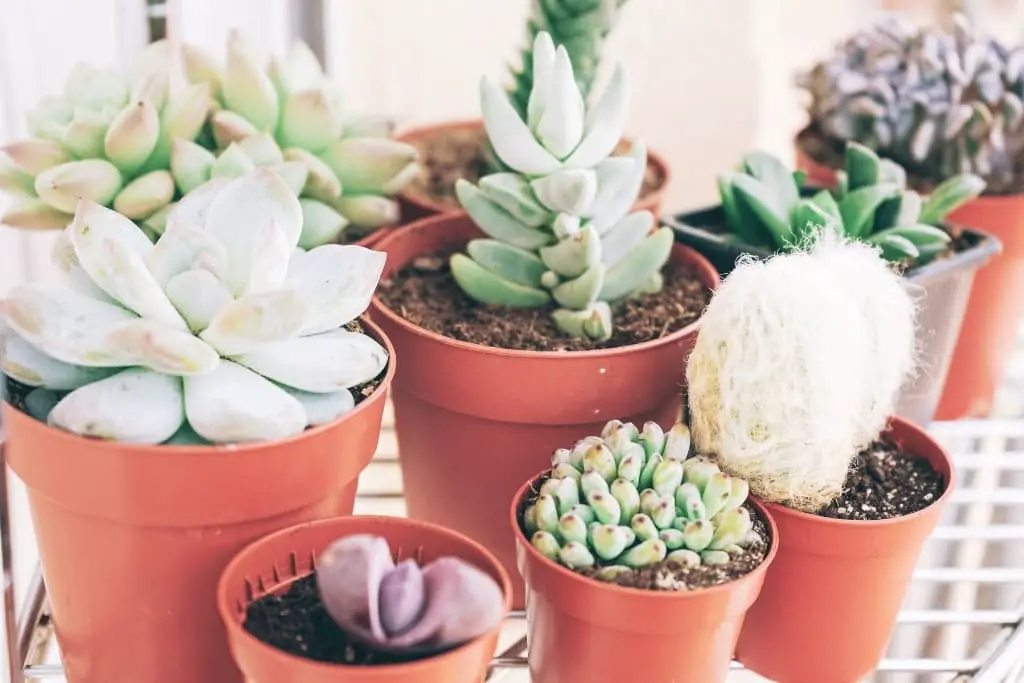
Disclaimer: we may receive a small commission when you make a purchase from a link on this site, at no added charge to you. See our disclosure policy for more info.
Set up your succulents for watering success
When you bring your new succulent home, you’ll want to make sure you give your plant the right environment to thrive. Even if you water your plant correctly, if it’s not in the proper soil and pot you’ll be setting your succulent up for problems in the future.
Choose the right soil for your succulents
Succulents need a well-draining potting mix to allow water to drain and not remain on the roots for longer than necessary. If you bought your plant already potted, you won’t need to worry about soil until you need to repot the plant.
However, if you purchase a plant that’s shipped bare-root (some online nurseries ship plants this way), you’ll need to purchase succulent potting mix.
Regular houseplant potting soil retains too much water for succulents, so look for a blend designed especially for cactus and succulents (I like this one from Bonsai Jack).
Or make your own! Just mix two parts coarse sand, two parts all-purpose potting mix, and one part perlite or pumice.
Succulents do best in pots with a drainage hole
Before you start repotting your brand new succulent plant, you’ll want to make sure you have a pot with good drainage. Your plastic nursery pot is just fine! You can pop it in a decorative coverpot to match your décor.
Or, if you really want to repot your plant, opt for terracotta or another unglazed ceramic pot with a drainage hole and drip tray.
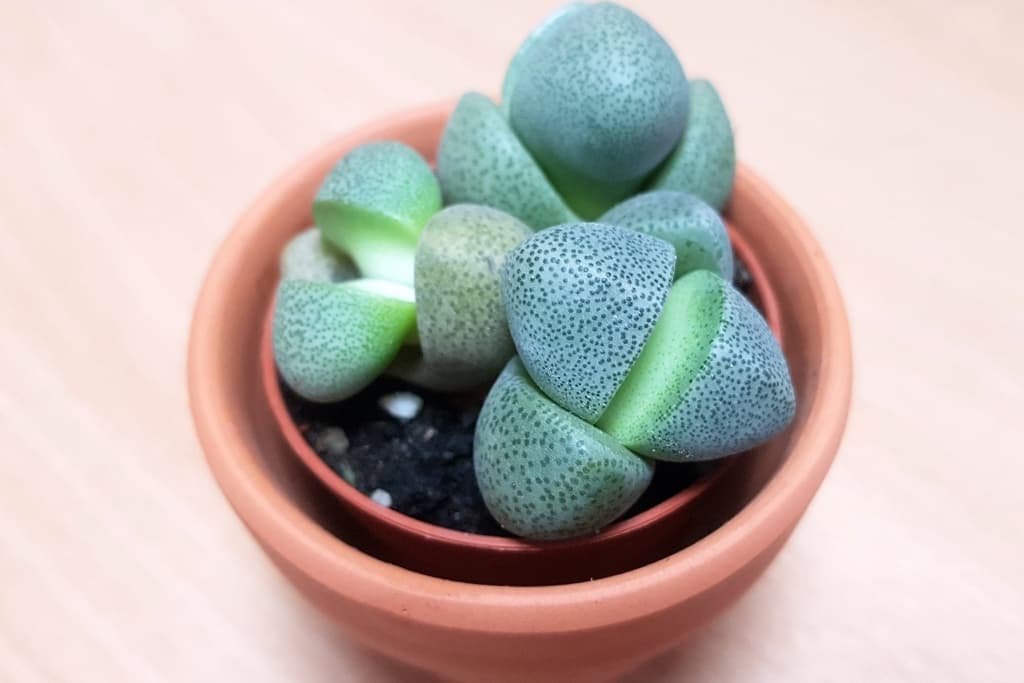
If you choose to plant your succulents in a container without drainage, that’s perfectly fine! You’ll just need to be super-careful that you don’t overwater your plant, causing the roots to sit in water. (Keep reading to find out how much water you should give them.)
How often should you water succulents?
Although it would be nice if you could put your succulents on a watering schedule, their water needs can change due to a variety of factors.
The temperature, humidity, and amount of light your plant gets can all impact how often succulents need to be watered. The watering frequency for your succulents will likely vary during different times of the year.
Instead of giving your succulent a small drink once a week or so, you’ll want to use the soak and dry method.
What is the soak and dry method for succulents?
With the soak and dry method, you’ll water your succulent thoroughly, but only when the soil is completely dry. Succulents are better at bouncing back from underwatering than from overwatering!
To check if your plant is ready to be watered, stick a dry, wooden chopstick about an inch into the soil. If damp soil sticks to the chopstick, your plant doesn’t need to be watered.
You can also use your finger if you don’t have a chopstick.
If your potting mix is completely dry, it’s time to water your plant. Soak your succulent’s soil completely, giving the roots a chance to absorb water. You’ll want to add water until it starts to leak out of the drainage hole.
As you get to know your plant, you’ll be able to use visual cues from the leaves to tell when it needs to be watered.
Signs that you’re overwatering your succulent
- leaves are pale or discolored
- leaves fall off easily
- leaves feel soggy
Signs that you’re underwatering your succulent
- leaves are droopy
- leaves are wrinkled
- leaves feel softer than usual
Watering succulents in a container without a drainage hole
If you choose to plant your succulents in a container without drainage, it’s often difficult to tell if water is pooling at the bottom of the pot. To play it safe, measure out your water before pouring it onto the soil.
The general rule-of-thumb is to water with the equivalent of half the volume of your potting medium. If your container has two cups of potting mix, give it one cup of water.
As usual, wait until the soil is completely dry to water again.
What kind of watering can to use for succulents
When you’re watering succulents, you’ll want to use a watering can with a long, thin spout. This type of can lets you soak the soil without getting the plant’s leaves wet. Allowing succulent leaves to remain wet can cause rot.
Or use an inexpensive squeeze watering bottle with a bent nose and precision tip. This is a good choice for small succulents, or for plants in containers without drainage holes. Measurement markings let you add only as much water as your plant needs.
Can you bottom water succulents?
Bottom watering is an excellent way to water your succulents, and it can help them grow stronger. This watering method only works if your plant is growing in a container with a drainage hole.
To bottom water, find a shallow container that’s a bit wider than your plant’s pot. Pour some water in the bottom of that container.
Then take your succulent pot out of its coverpot or drainage tray. Place the bottom of your succulent pot right in the water, and let it sit for about 20-30 minutes before removing.
Bottom watering can lead to stronger root systems, as the roots need to reach for the water.
Can you use automatic watering globes for succulents?
Although it might be tempting to take a “set it and forget it” approach with your succulents by using a watering globe, this method is a bad idea if you want to keep your succulents alive!
Watering globes provide a slow but steady supply of water to your plants’ roots. Succulents really need to have their soil completely dry out between waterings, so watering globes aren’t a good choice for these plants.
Read more: Do Watering Globes Work to Water Your Houseplants?
What kind of water should you use on succulents?
Just like with most houseplants, the best kind of water to use is rainwater or distilled water.
Many municipal water sources add chlorine and fluoride, so water straight from the tap usually isn’t the best choice for your houseplants. Even well water may have an excess of certain minerals.
Running your tap water through a pitcher filter can help remove some of these chemicals and minerals. Or, leave water in the watering can overnight to allow time for some of the chemicals to dissipate.
If your home has a water softening system that uses salt, it may add more sodium to the water than is healthy for houseplants. Potassium-based softening systems can yield water that is less harmful to your plants. Potassium can actually help succulents fight disease!
Should you mist your succulents?
Succulents live in dry conditions in the wild—that’s why they’re so good at retaining water during periods of drought. These plants don’t need to live in high humidity, and they definitely don’t need to be misted!
Along with being completely unnecessary, misting can also harm your succulents. Raising the humidity level around your plants this way can lead to rot.
Do you need to put pebbles on top of your succulents’ soil?
You’ll often see a layer of small pebbles on top of the soil in succulent pots. This top dressing isn’t just for show!
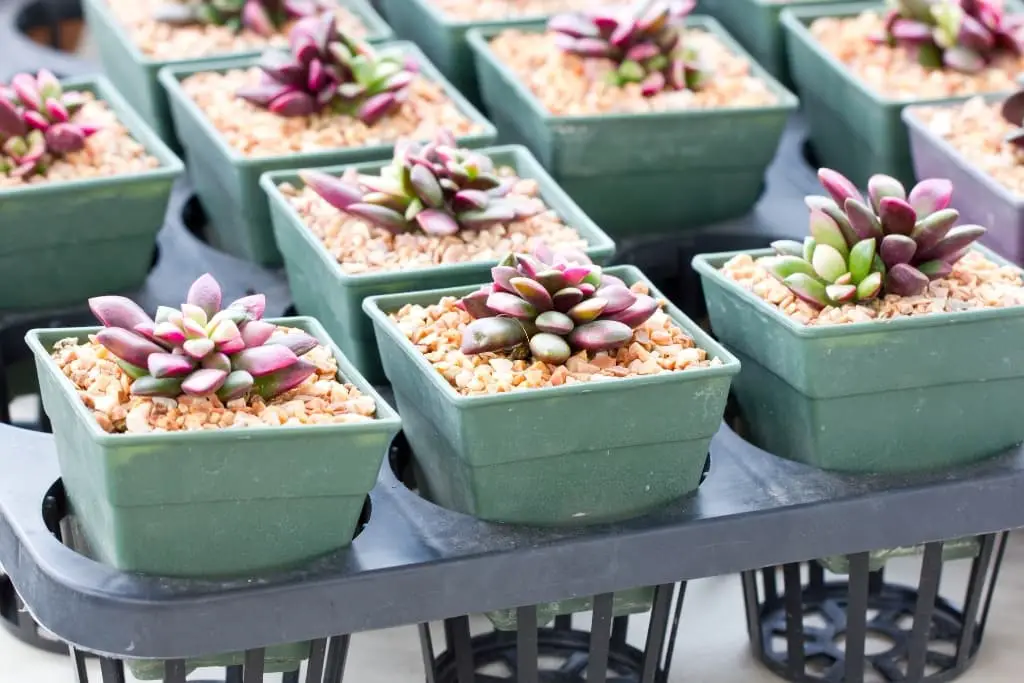
Not only does a pebble top dressing look clean and attractive, but it can also help keep the potting mix in place when you water your plant. It can also keep your home cleaner, eliminating dusty dry soil from escaping the pot.
Pin this to save for later!
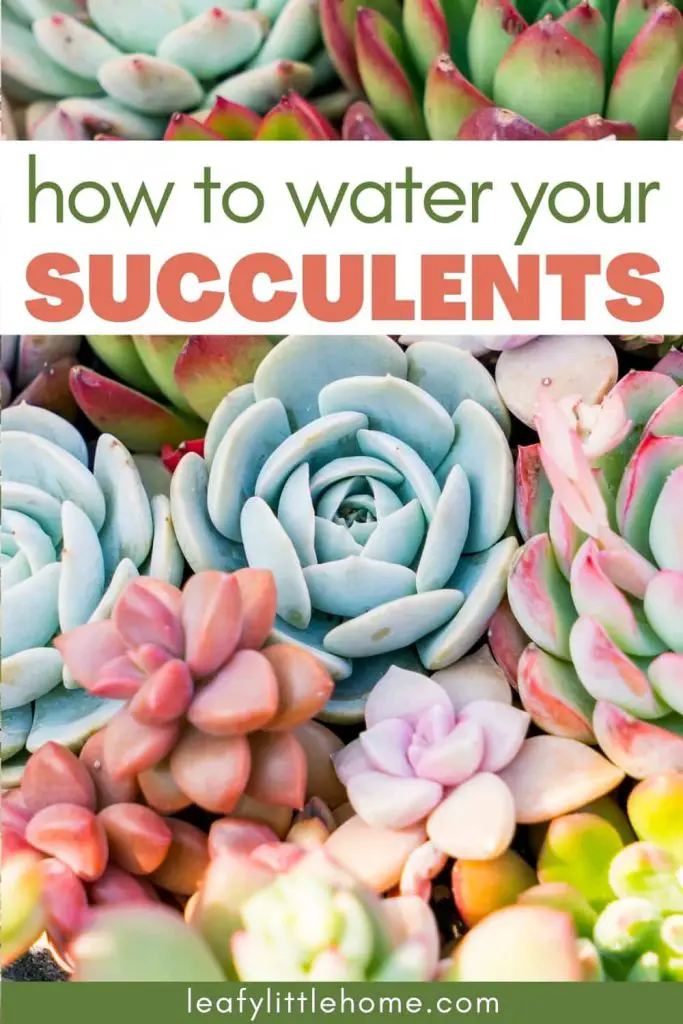
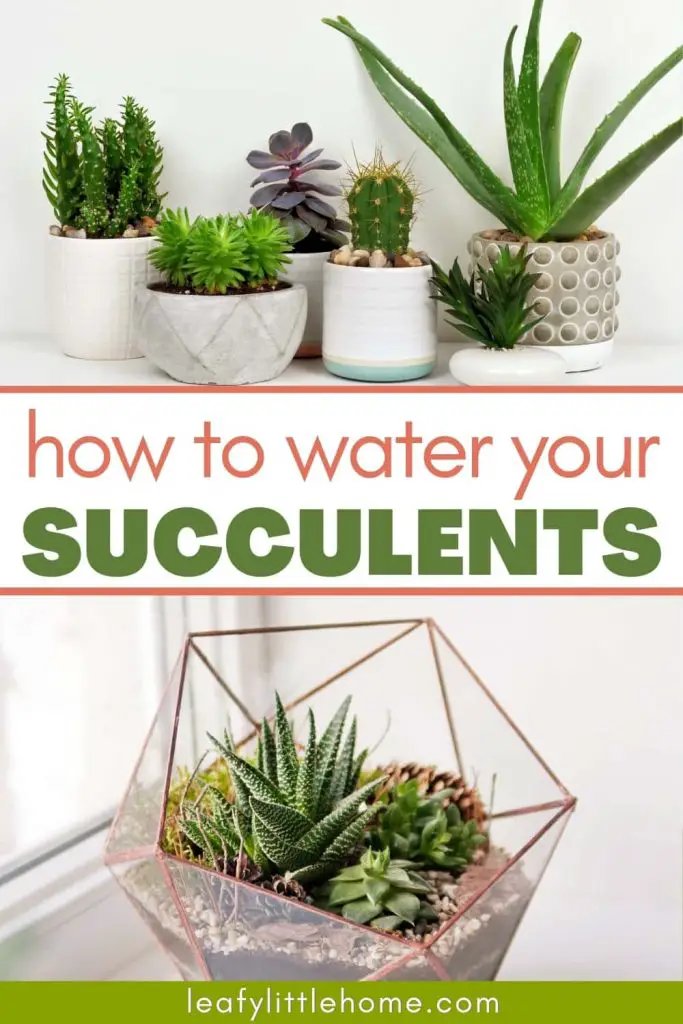
Where to shop for succulents online
Succulents Box – Offering over 300 varieties of succulents, Succulents Box sells individual plants as well as several options for monthly boxes.
The Succulent Source – A small, family-owned succulent nursery based in southern California. They offer a variety of succulents and air plants, and also have a succulent of the month club.
Succulent Market – This third-generation California succulent grower offers individual plants, succulent cuttings, as well as bulk orders.
Sunnyplants – Based in the Netherlands, Sunnyplants mainly serves the EU market. They offer succulent plants and cuttings, along with seeds for succulents, cactus, and caudex plants.
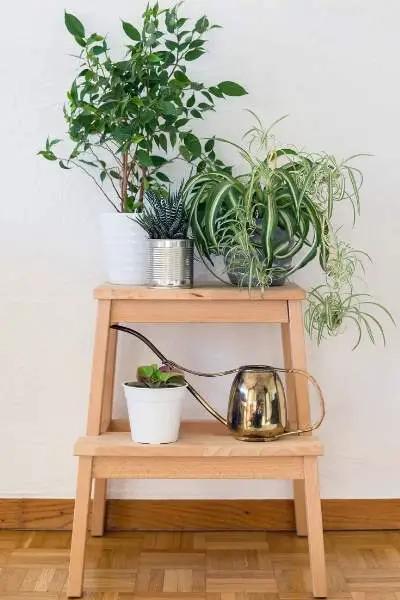
GET A FREE PLANT CARE TRACKER!
Sign up for the Leafy Little Home newsletter, where we share plant tips and inspiration to turn your space into a green oasis. Plus, we'll send you a handy printable Plant Care Tracker, absolutely free!
By signing up you agree to receive the Leafy Little Home newsletter. Unsubscribe at any time.
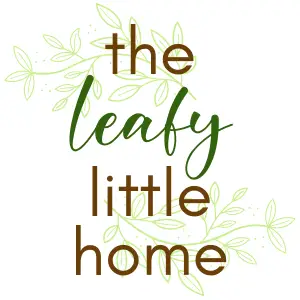
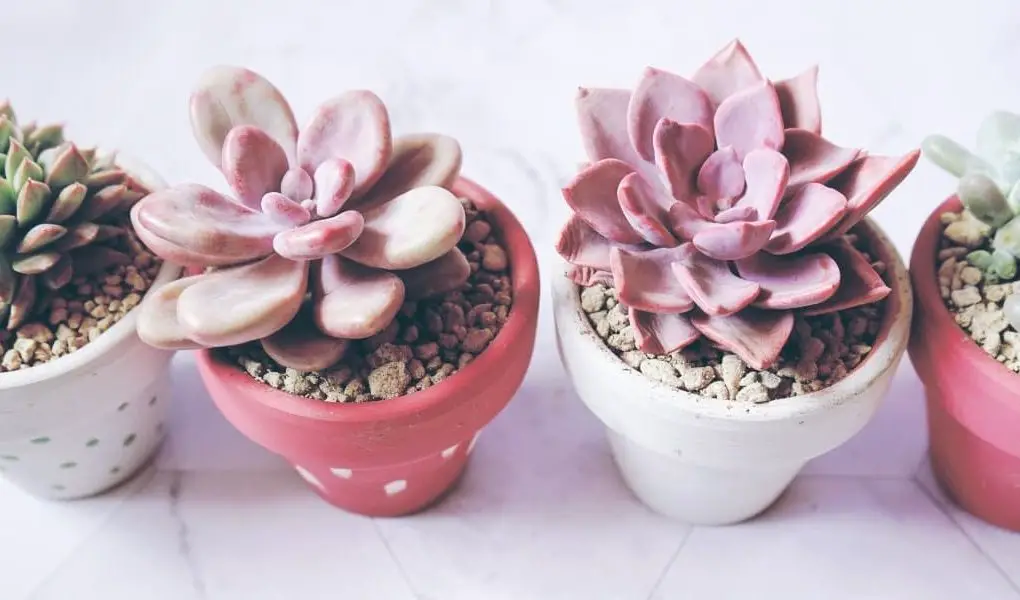

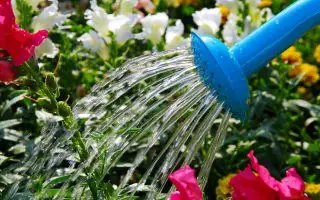
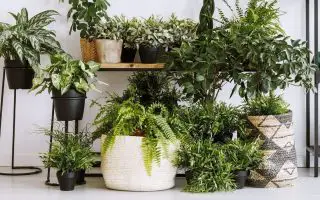
My succulents always die… I guess it has to do with watering :)
Hi Anna, it just might! Over- or underwatering are usually what end up killing succulents. If you try again, make sure your succulent has good drainage and use the soak and dry method. I bet you’ll end up with a happy plant! :D
Omg I kill every plant I touch! My husband has had to take over watering my houseplants, including the succulents! I’m going to try the soak & dry method because I haven’t tried that yet. Also, sounds like we have been using the wrong soil. Thank you for these helpful tips! I love my plants but I hate killing them!
Hi Leah, I’m glad my tips were helpful to you – it’s so frustrating when plants that you love die! Definitely use a well-draining soil (commercial cactus/succulent potting mix is fine), a pot with drainage holes, and do soak and dry. Your succulents will love it! :D
Love this info! I sometimes use ice cubes or else I overwater them easily haha. Thanks for all of this information :)
Hi Lindsay, I’m so glad my succulent watering tips were helpful to you! I don’t recommend the ice cube method (that cold water can damage a plant’s roots), but hopefully the soak and dry method will help you from overwatering! :)
I think even I could grow these succulents, so cute!
Hi Denise, aren’t succulents so cute? Happy growing! :D
I love succulents! I always wanted to have a mini-garden with only succulents and cactus 🌵 (I’m
Mexican).
Hi Maricruz, that sounds fantastic! If I lived in a warm, dry climate I’d do the same thing!
I’m definitely saving these tips. I want to learn more about plants for my backyard!! So pretty!
Hi Katrina, I’m glad the tips were helpful! Good luck with your backyard planting :D
Thanks for the overview, this is so helpful for me! I love the chopstick trick for watering succulents. So smart!!!
Hi Soheila, glad you liked the chopstick trick! It’s much less messy than sticking your finger in the soil (although I do that, ha!) :D
I definitely have a brown thumb but these tips for caring for succulents are super helpful!
Hi Brianna, I truly believe no one has a brown thumb – a little know-how can make anyone have a green thumb! I recommend starting with easy-care plants to build your confidence. Check out my 11 Easy Houseplants for Beginners for some good starter plants. You’ll turn that thumb green in no time! :D